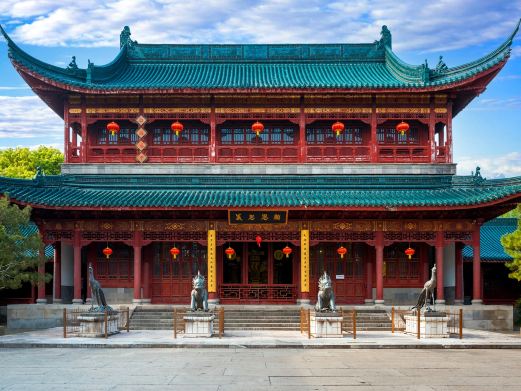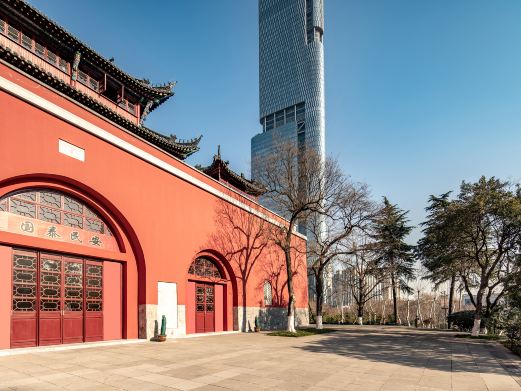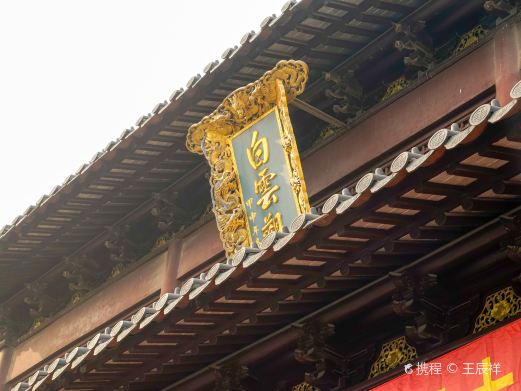Located not far west of the Hua Guo Shan mountain gate, the Yulin Temple, originally built during the Sui Dynasty’s Kaihuang era (581-660 AD), can still have its site identified, thanks to the Tang Dynasty stele ‘Donghai County Yulin Temple Dongyan Wall Record’ on the rock wall. This stele is a rare treasure in China, inscribed on a naturally flat boulder, standing 2 meters high and 3.8 meters wide, with vigorous and powerful official script. Due to the excellent quality of the stone, the inscriptions have been preserved from the Tang Dynasty to the present, with the characters remaining as clear as new.
‘Donghai County Yulin Temple Dongyan Wall Record’ is a beautiful travel essay, the first article in Yuntai Mountain that narrates the construction of tourism. It describes the scene when Haizhou Sima Cui Weipang visited the area after inspecting the coastal region. The text depicts the local natural landscape and provides a detailed account of the process by which the local official Yuan Nuan developed the Feiquan scenic spot. It tells how he personally planned and designed the area, cleared weeds, removed dangerous rocks, built a dam to collect rainwater from upstream, ensuring a perennial waterfall. He also planted various flowers and trees that bloom in different seasons, making Feiquan resemble a fairy palace.

Opposite the Tang stele is a Song Dynasty cliff carving, also of considerable size and well-preserved, with a history of a thousand years. The inscription is in the form of a three-word poem, narrating the story of three friends who sailed the sea, climbed the mountain, and drank all day. Composed by Zu Wuzhi, written in small seal script by Su Tangqing, and engraved by Wang Gonggun, all three reflect the high standards of the time, hence it is referred to as the ‘Three Perfections Stele’.

The site is open all year round, accessible 24/7, with specific business hours subject to the day’s opening status.
Yulin Temple – Tang Inscriptions and Song Dynasty Cliff Carvings
Located not far west of the Hua Guo Shan mountain gate, the Yulin Temple, originally built during th[...]









